From the 1/2 Classrooms
Addition Strategies

From the 1/2 Classrooms
Addition Strategies


Throughout Term 2 our Grade 1/2 students have been demonstrating their mathematical skills! With a focus on addition, they have explored different strategies they can use when solving addition problems:
Students continued their investigation into number sequences from Term 1, initially exploring those sequences increasing and decreasing by twos, threes, fives and ten from any starting point, then moving to other sequences. This helped students when adding larger numbers.

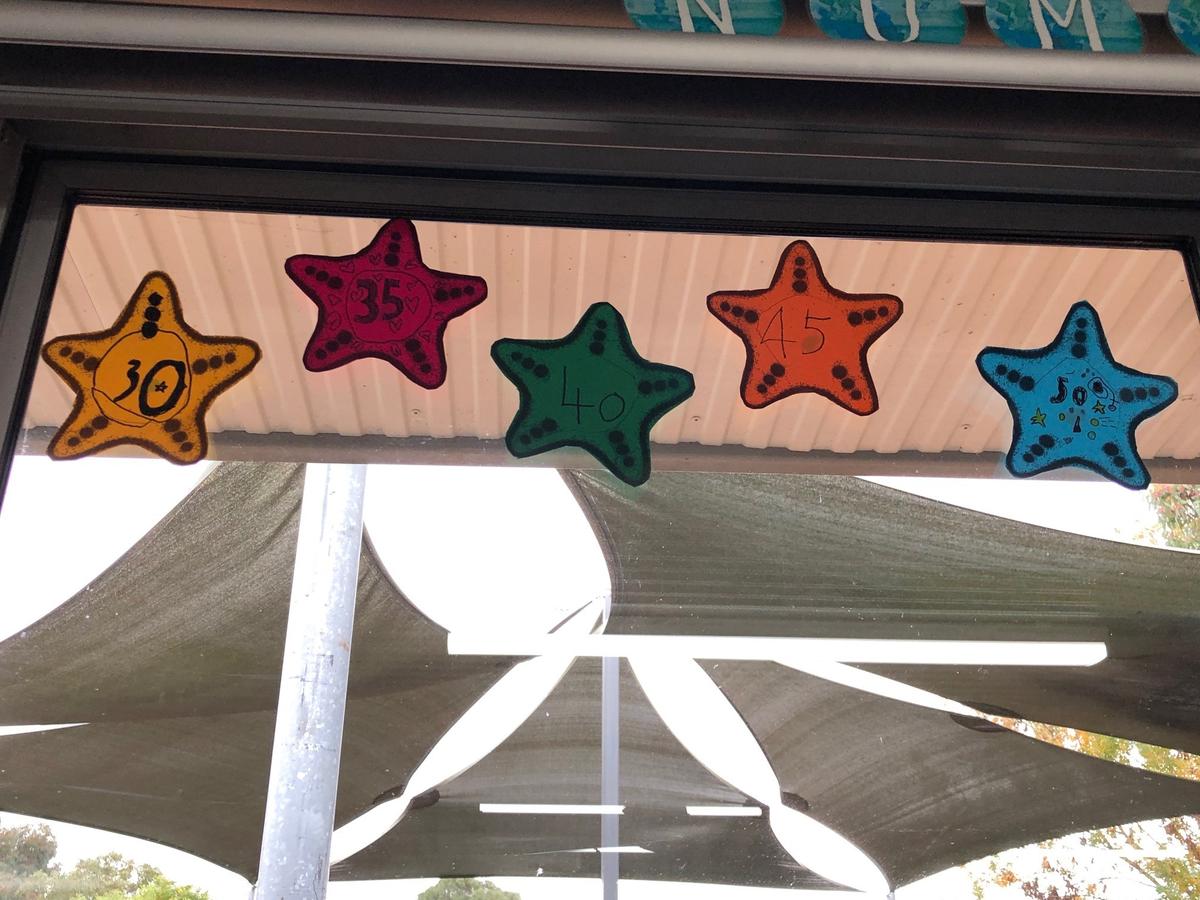








What are friends of 10? Friends of ten are pairs of numbers that, when added together, make the number 10. Learning about the friends of 10 is a good way to help our Grade 1/2s understand the relationship between different numbers.


Students enjoyed several rounds of Addition Golf, challenging their friends to have the lowest score! You might like to watch the instructional video below and use our handy scoring sheet to give it a go at home!


We used number lines and dominoes to explore how we can visually add two numbers together. Students rolled the dice and discovered that it was easier to start with the larger of the two numbers and to count on to find the answer to the addition problem.



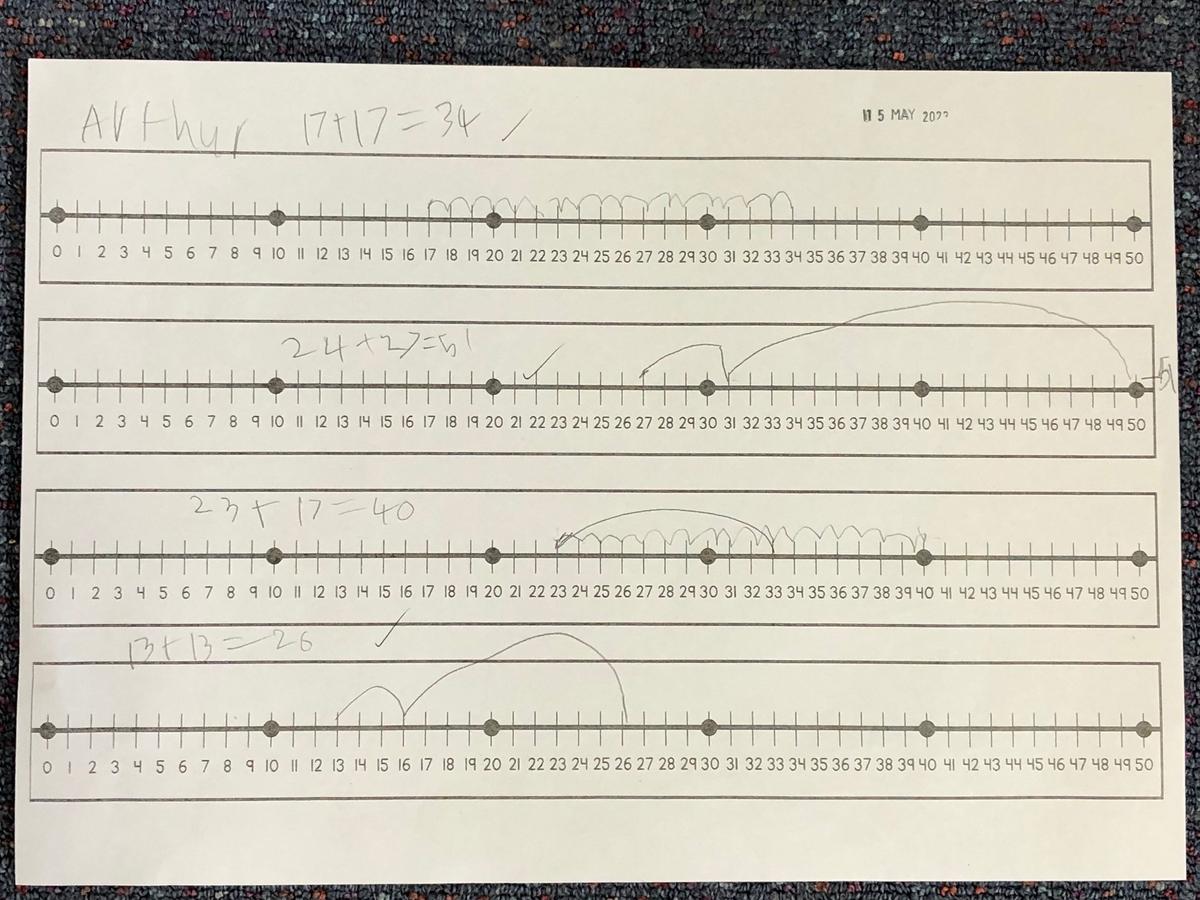
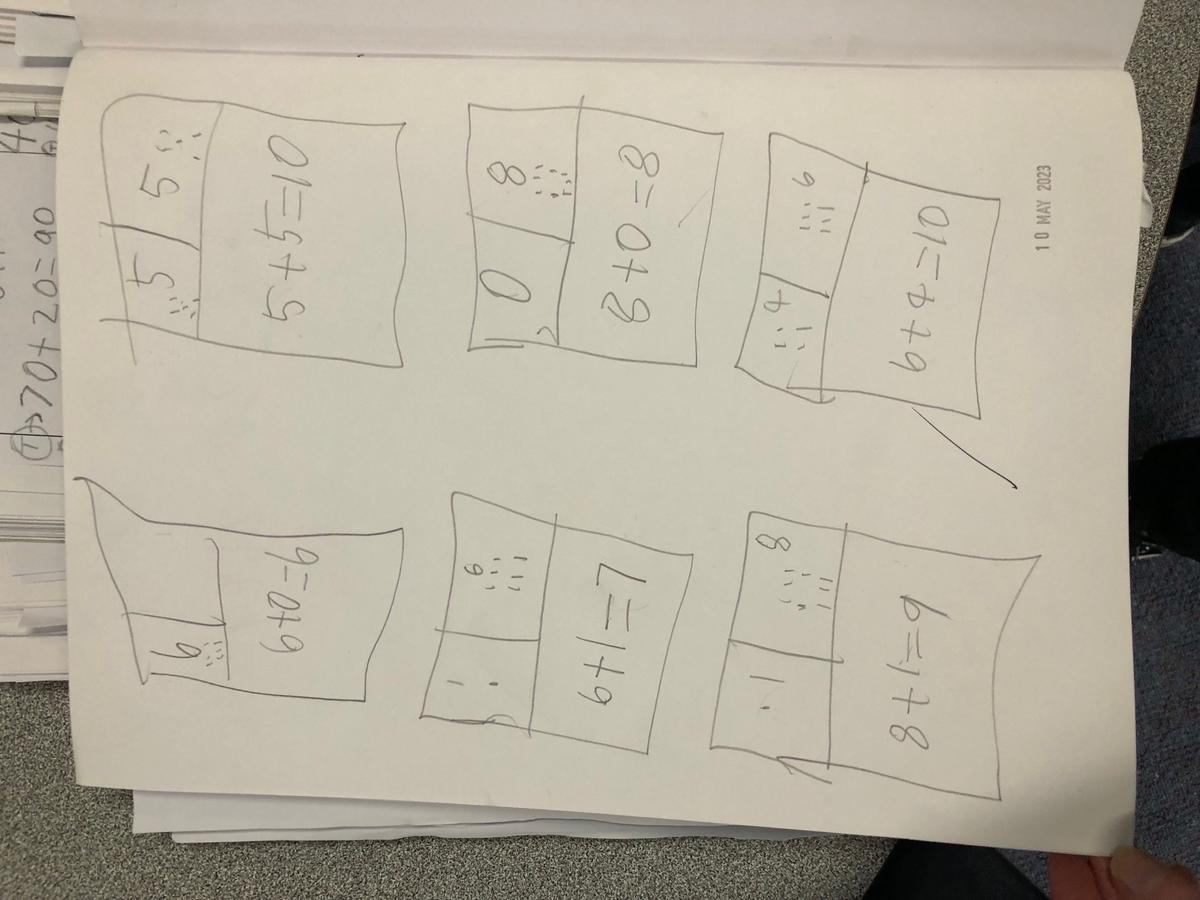
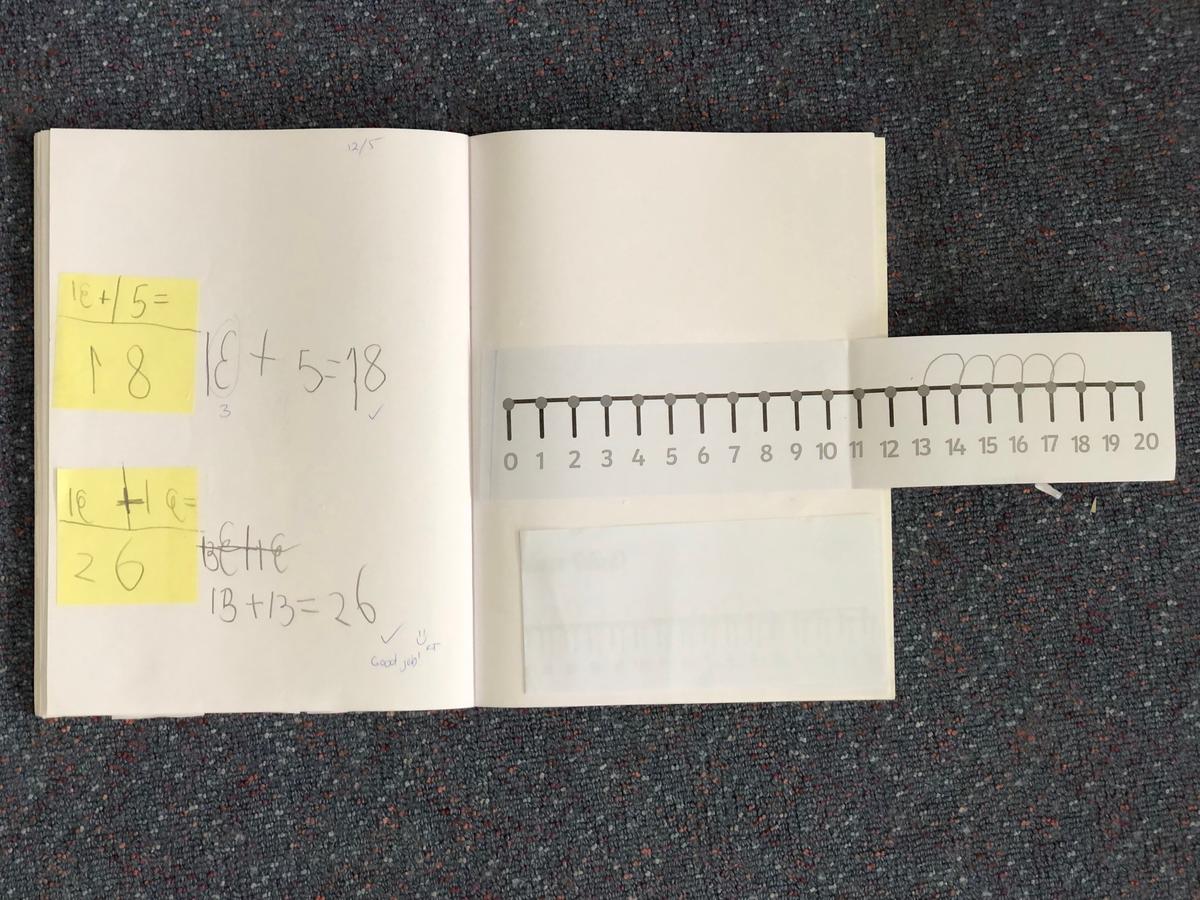








The doubles facts are addition facts in which a number is added to itself. 1 + 1 and 2 + 2 are both doubles facts. Our students discovered that it was important to know these facts, as it made it easier for them when solving addition problems with near doubles (doubles + 1 such as 7 + 8 and doubles + 2 such as 6 + 8). Students really enjoyed playing the Doubles Bingo game to test their addition skills, as well as making lady bugs to show their understanding.





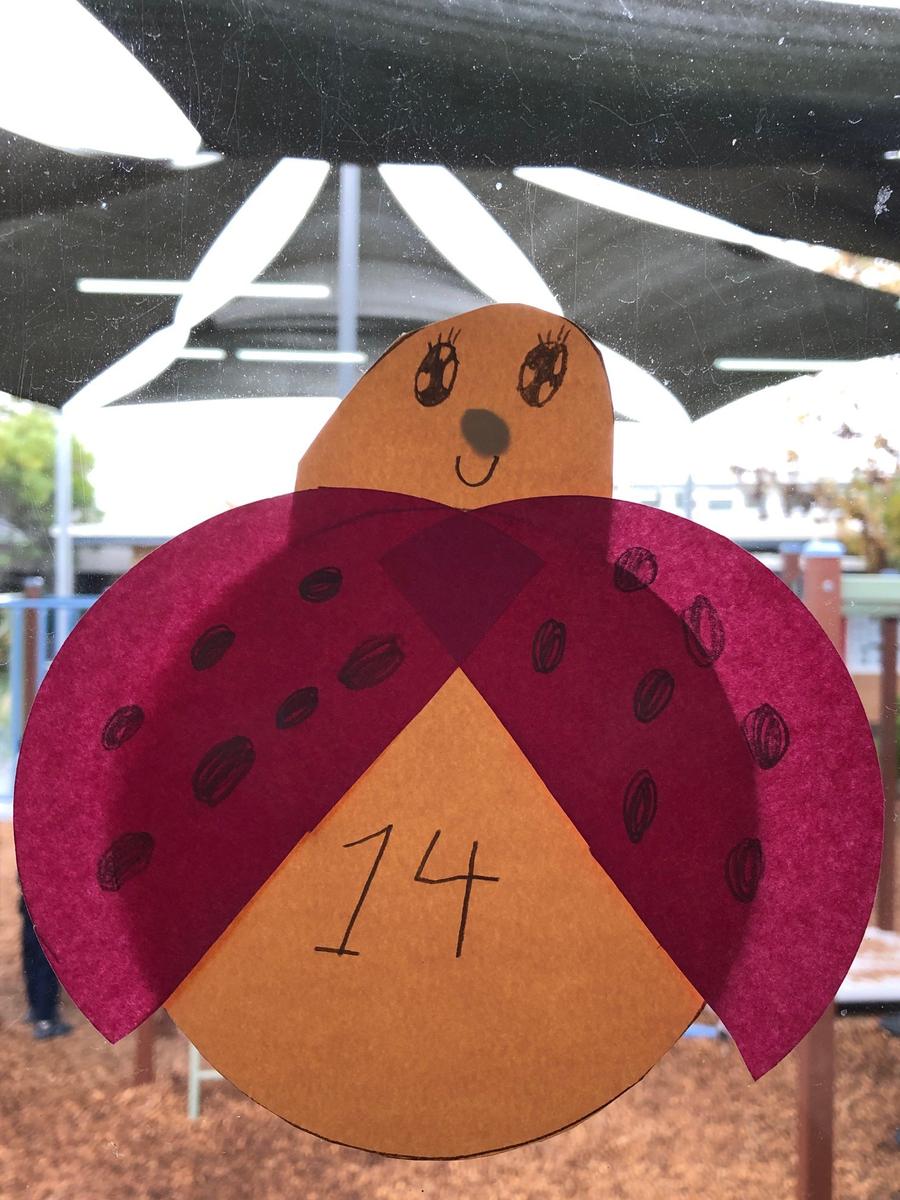














The split strategy is a method where numbers are 'split' into their place value, making it easier to add them. For example. numbers are split into hundreds, tens and ones. This can sometimes be known as partitioning. As an example, 146 becomes one hundreds, four tens (40) and six ones (6). Students can add two numbers together by adding the hundreds in each number, the tens in each number and then the ones.
For example 123 + 146 =
100+20+3 + 100+40+6
100+100= 200
20+40=60
3+6=9
200+60+9= 269


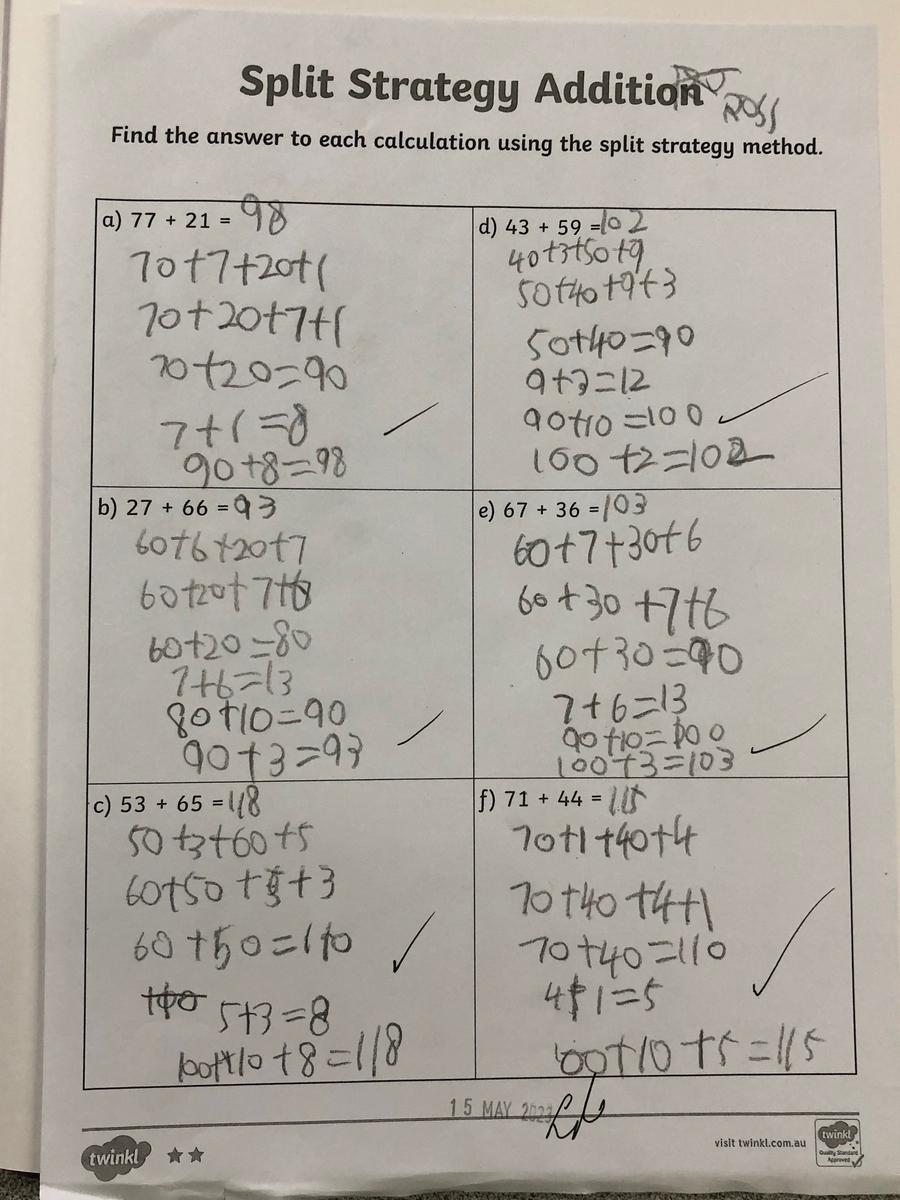



These strategies will also support our work on subtraction in the coming weeks!
Ideas for supporting your child at home
You can incorporate counting into everyday activities such as:
Number hunts are a fun and engaging activity! Ask your child to find numbers around you. Look at and say the numbers on car number plates, signs, calendars, newspapers, shopping catalogues, speed signs, and houses. You might like to look for doubles in your travels!
Making maths fun and interactive by playing games will help engage your child. Here are some ideas:
Playing with cards is always a fun activity, particularly on a rainy day or on holidays. You can:
For more ideas about how you can support your child's mathematical understanding, visit Victorian Government website https://www.vic.gov.au/how-build-your-childs-numeracy-skills-birth-grade-2
From the 1/2 Team.